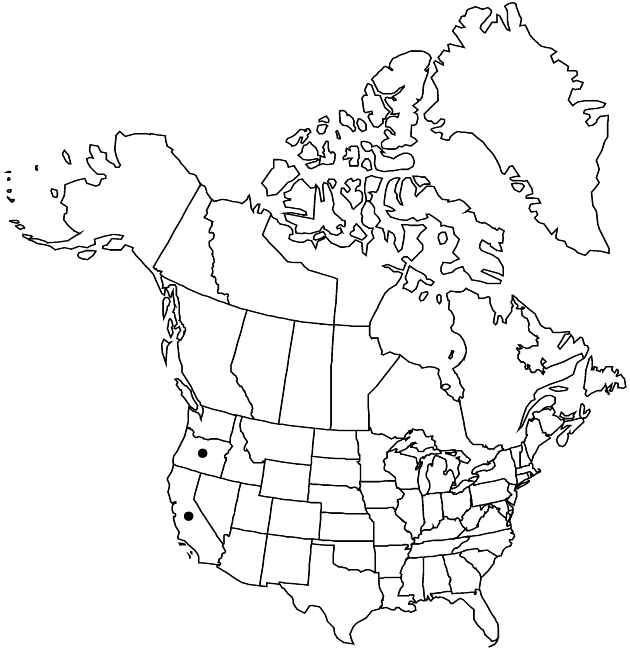Helenium bolanderi
Proc. Amer. Acad. Arts 7: 358. 1868.
Perennials, 25–140 cm. Stems usually 1, usually unbranched distally, weakly winged, glabrous proximally, sparsely to moderately hairy distally. Leaves glabrous or sparsely hairy; basal and proximal blades spatulate, entire; mid and distal blades ovate to oblanceolate to oblong-elliptic, entire. Heads 1(–3) per plant, usually borne singly. Peduncles 10–30(–50) cm, usually densely hairy (tomentose near involucres). Involucres depressed hemispheric to globoid, 14–24 × 18–34 mm. Phyllaries (connate proximally) usually tomentose. Ray florets 15–30, pistillate, fertile; corollas yellow, (12–)16–28(–37) × 6–13(–25) mm. Disc florets 300–750(–1000+); corollas yellow proximally, yellow to brown to purple distally, 4–5(–5.2) mm, lobes 5. Cypselae 1.5–2.5 mm, moderately to densely hairy; pappi of 6–8 entire, aristate scales (2.5–)3–4.5 mm. 2n = 32.
Phenology: Flowering Jun–Sep.
Habitat: Bogs, seepage areas, wet meadows
Elevation: 30–200 m
Discussion
Selected References
None.
